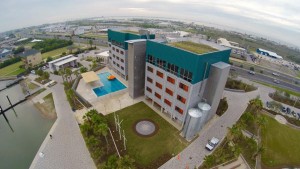 Thirsty for Rainwater Collection.
Thirsty for Rainwater Collection.
With more than 15 years’ designing and installing rainwater collection systems in and around Washington State, RainBank moved operations to the Seattle area four years ago to meet demand for Seattle and the Puget Sound region (and beyond… see Sea Scout Base photo above).
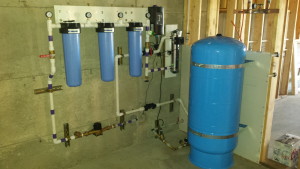 Experience and knowledge.
Experience and knowledge.
Seeing increased interest, we recognized the need for an experienced and knowledgeable designer and installer in the greater Puget Sound area.
Credentials Matter
Most counties in Washington State require an American Rainwater Catchment Systems Association Accredited (ARCSA) professional or Washington State licensed engineer with experience in water systems to design a potable rainwater catchment system. If the system requires pumping or filtration, a Washington State licensed plumber is required for installation of a rainwater collection system and is subject to permitting and inspections by the Department of Health. RainBank Rainwater Systems met this challenge long before it was required by the state legislature with ARCSA accreditation and in-house, licensed plumbers.
Steel Tanks
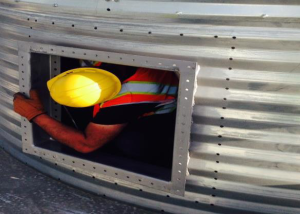
In the commercial market, there has been a need for competitive pricing for steel water tank sales and installation. After more than five years of commercial installations in the Seattle area, RainBank is filling that need as the Northwest Regional Dealer and certified installer of Pinnacle and Contain Water Tanks.
Rainwater collection is moving from niche to mainstream.
A full-service company offering design, consultation, cost analysis, permitting, construction, and component sales, RainBank’s experience and knowledge is unmatched in the industry.
RainBank is there for you to get the job done right the first time.

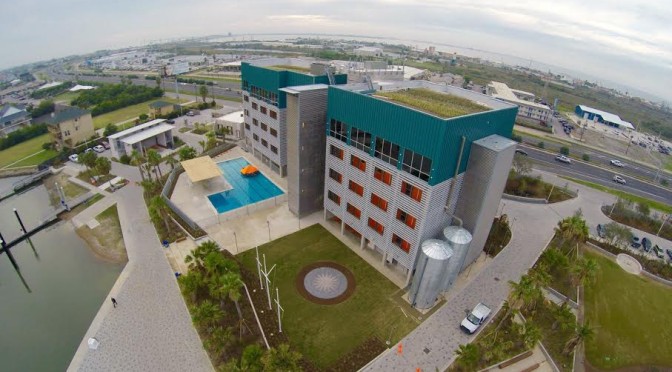
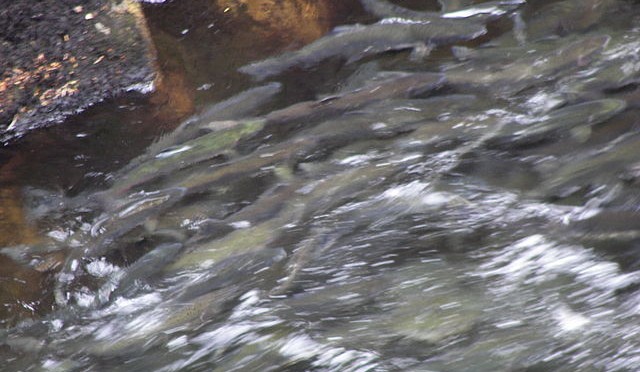
 Flint Water Crisis Deepens
Flint Water Crisis Deepens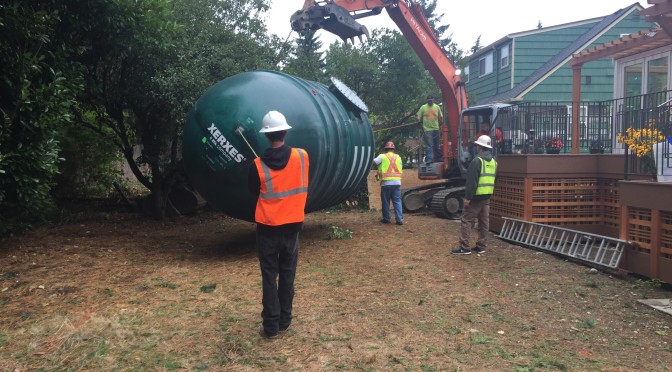
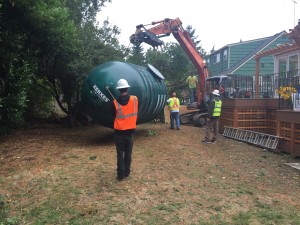 More urban customers are inquiring about underground storage for rainwater catchment systems. With limited space in a typical city backyard and the desire to keep what little space there is unobstructed by large cisterns,
More urban customers are inquiring about underground storage for rainwater catchment systems. With limited space in a typical city backyard and the desire to keep what little space there is unobstructed by large cisterns, 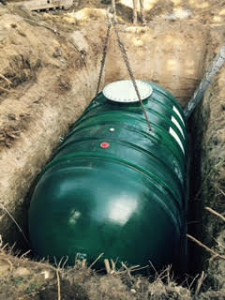 The decision to choose underground storage comes with added costs.
The decision to choose underground storage comes with added costs.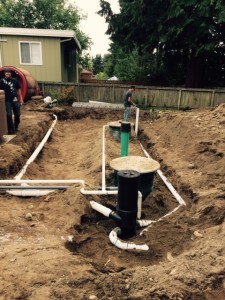 Experience in below grade cistern design and installation is the key factor in the success and costs of the project. Understanding the added costs before hand will help ease sticker shock.
Experience in below grade cistern design and installation is the key factor in the success and costs of the project. Understanding the added costs before hand will help ease sticker shock.